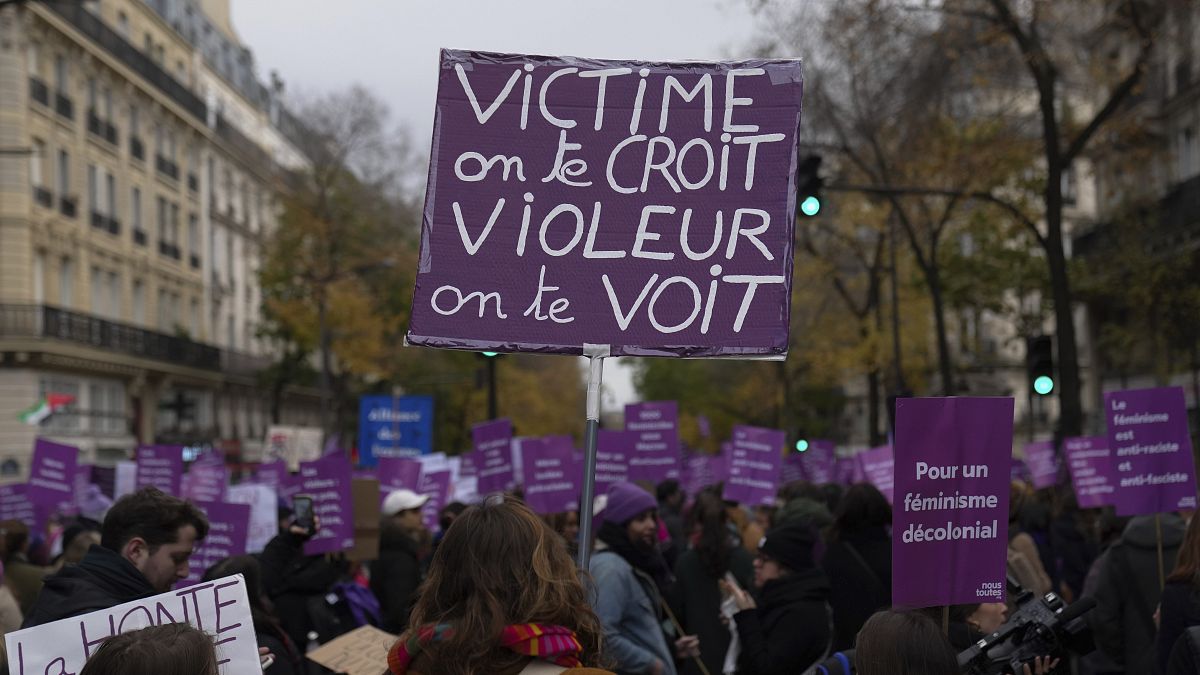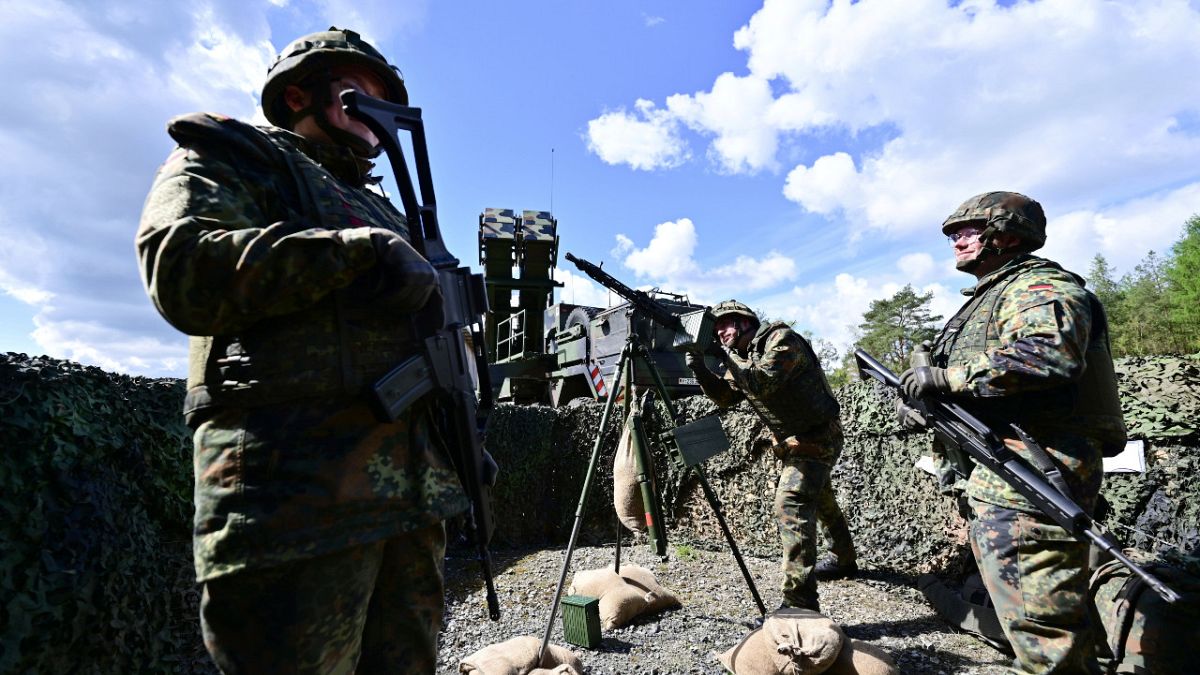One in three women in the European Union has experienced gender-based violence in their lifetime, a new joint survey reveals.
Around 50 million women across the EU still experience high levels of sexual and physical violence at home, at work and in public, according to a new survey published by the Fundamental Rights Agency (FRA), the European Gender Equality Institute (EIGE) and Eurostat.
“In the EU in 2024, women’s safety still cannot be guaranteed,” FRA Director Sirpa Rautio said during the presentation of the survey, adding that the “sad reality” is that nothing has really changed in the ten years since the last such data rich survey was conducted.
Between 2014 and 2024, the percentage of women aged 18-74 who have experienced some form of gender-based violence has barely changed, dropping by less than one percentage point in ten years (31.4% vs. 30.7%).
The number of women reporting incidents of violence has increased over the last decade in 14 member states, remained the same in two and decreased in eleven.
However, the situation varies across the EU, with Finland, Sweden, Hungary, Denmark and Luxembourg having the highest numbers of women experiencing sexual and physical violence in their lifetime, albeit for different reasons.
For instance, in the Nordic countries, less stigma attaches to open discussion of violence, so women feel more emboldened to report cases, Eurostat researchers told reporters in Brussels.
According to the joint survey, just over one in eight victims report cases of gender-based violence, which reflects how not all incidents are visible in the statistics.
“One of the very worrying facts is that women simply don’t report. They speak with people they know in their surroundings. They don’t speak to the police, but they also don’t go to the support services,” according to Christine Wirtz, director of social statistics at Eurostat.
Almost 64% of women surveyed said they spoke to a friend, family member or relative about the incident, while one in five went to a health or social service and only 13.9% reported the incident to the police.
“The extent of violence against women is truly overwhelming,” Rautio added, especially as there are many under-reported cases, revealing an “invisible epidemic of violence” in Europe.
Young women suffer most
Figures for sexual harassment at work and in the home are also unchanged – with a particularly worrying trend among young women aged 18-29.
41.6% of young women across the EU have experienced sexual harassment at work and almost 13% have experienced sexual violence (including rape) by someone other than their intimate partner since the age of 15.
In recent years, several pieces of legislation have been introduced at EU level to achieve gender equality and combat gender-based violence, but implementation is also a key and less considered aspect, the EU agencies said.
“Implementation is not even in some member states, it requires resources, and this is where it often fails,” Rautio argued, pointing to insufficient funding for shelters, services, monitoring or data collection.
Earlier this year, the bloc adopted a directive to combat violence against women and domestic violence, including new penalties for those who commit crimes against public figures, journalists and human rights activists, and new rules to ban forced marriage and female genital mutilation.
But the new EU rules, which member states must implement by 2027, omitted rape – defined as sex without consent – as a crime at EU level due to a lack of consensus among member states.
“Violence against women is also a crisis situation,” said Carlien Scheele, EIGE director, stressing the need to respond with the same urgency as other crises in the past.
“We want the women and girls in our lives to feel safe, whether they are at home, at work, out with friends or taking the bus across town,” Scheele concluded.
Marta Iraola contributed to this story.
Read the full article here

















